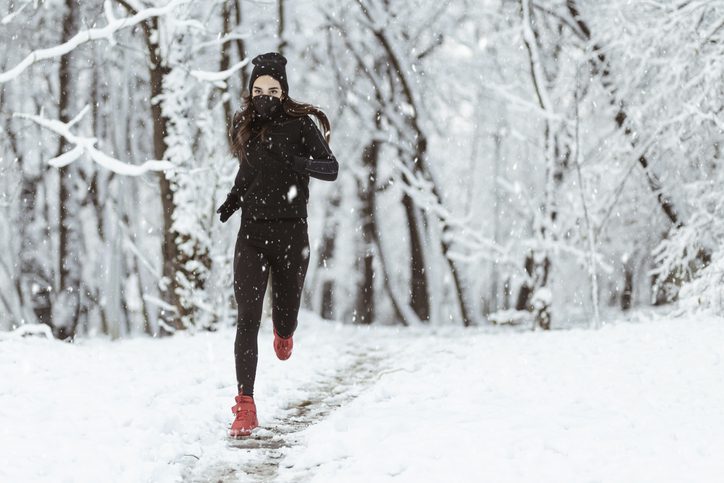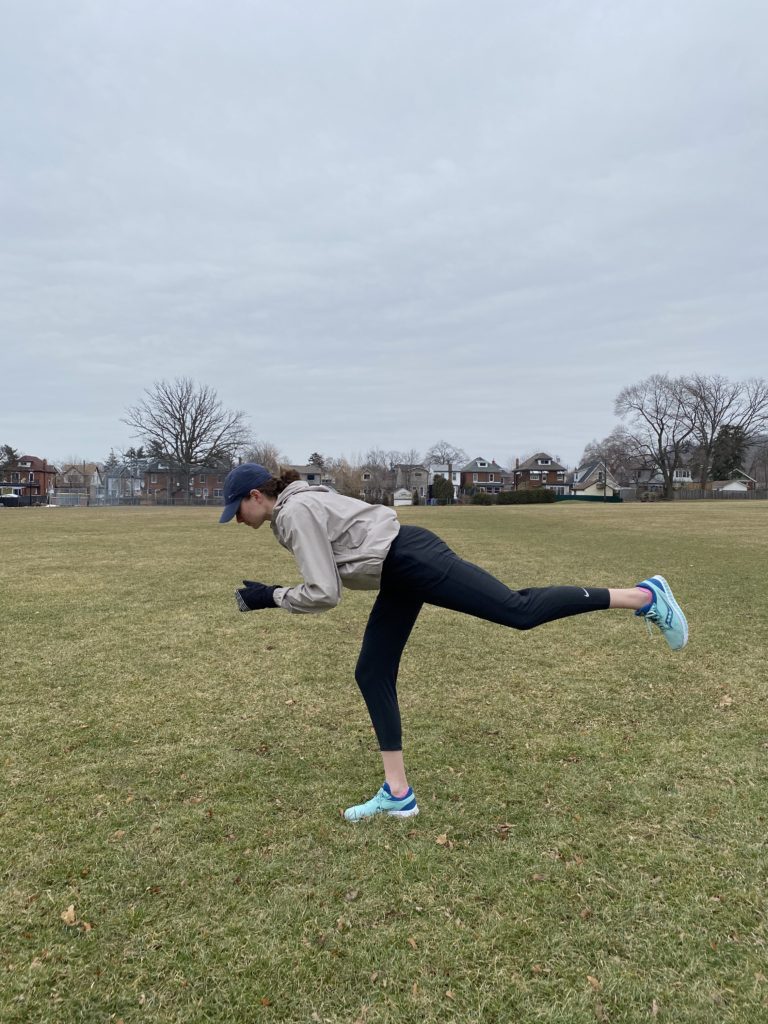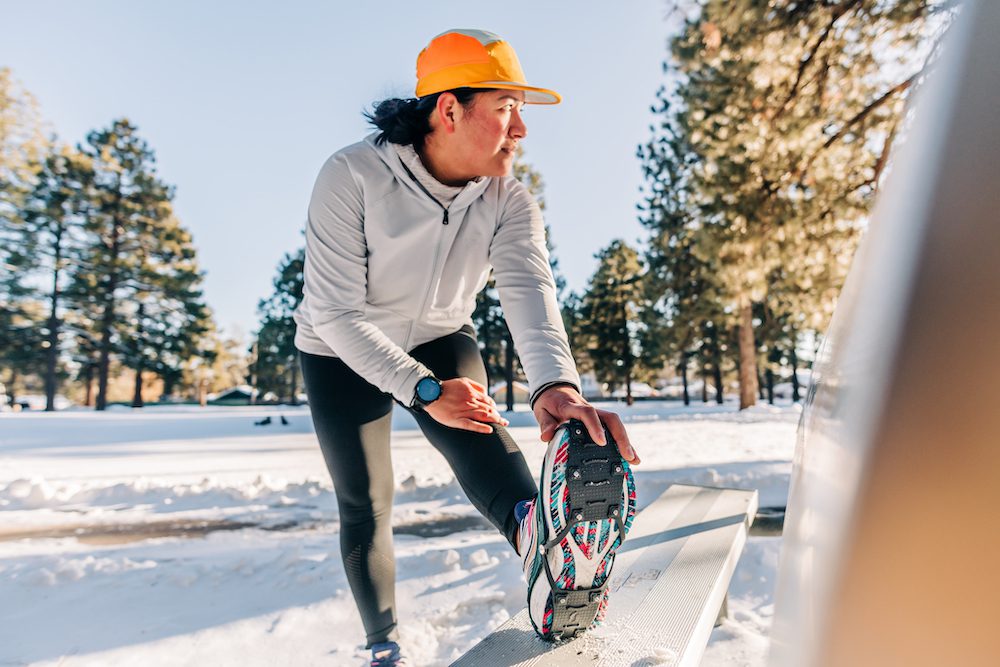Do you have to regulate your stride when the streets are lined in snow and ice? That’s the query many runners have been asking over the previous a number of weeks, as communities throughout the nation have been hit with extreme winter climate. Tanner Kowel, a kinesiologist and energy and conditioning coach at Join Physiotherapy and Train in Edmonton, sat down with Canadian Working to clarify how runners ought to adapt to wintry situations.
Do you have to change your stride when operating within the snow and ice?
Kowel factors out that whereas there may be restricted analysis relating to biomechanical changes for operating within the snow, runners ought to deal with making the mandatory modifications to really feel comfy and protected. “This would possibly imply operating slower, with a shorter stride size and a wider stride width, to alleviate considerations about instability on snow and ice,” he says.


Most runners appear to do that naturally, he says, notably extra skilled runners. Kowel highlights analysis displaying that the majority runners are inclined to self-select the most effective stride for themselves, and the extra you run, the higher you get at deciding on the stride that’s optimum to your physique. “So whereas analysis on operating in snow is sparse, proof means that skilled runners intuitively know learn how to regulate their stride for various situations,” he says.
How does your stride sometimes change within the snow and ice?
Kowel says most runners are inclined to take extra steps, however spend much less time within the air with every step, and customarily have much less forceful landings. Runners may also usually widen their stride when encountering unstable terrain.


Once more, he says runners are inclined to make these modifications naturally, with none teaching and even a lot acutely aware thought. “Each runner may also make barely completely different changes to their gait,” he says.
How can runners put together for winter operating?
Winter might have already arrived, however it’s not too late to begin winter-proofing your physique in case you haven’t already. First, Kowel suggests beginning with brief runs in average situations and step by step progressing to tougher winter environments. For instance, attempt operating on roads and sidewalks earlier than venturing into the paths. “This manner, you possibly can really feel out what modifications you assume should be made to your operating mechanics to really feel protected earlier than getting caught midway by means of a future in a blizzard,” he says.


Energy coaching can be necessary, with a selected deal with ankle strengthening and steadiness. It’s because once you run on uneven or slippery surfaces, the muscle groups round your ankle joint to stiffen to guard the joint from accidents. This may result in sore calves and different points in case you’re unprepared.
“Dynamic steadiness coaching, involving single-leg workouts that disrupt steadiness and require stability upkeep, is an efficient method to strengthen the ankles for winter operating,” says Kowel. “Basic lower-body energy coaching earlier than winter might help defend in opposition to accidents ensuing from any approach modifications we do make whereas operating in snow. It is usually well-researched that energy coaching can scale back the severity and enhance restoration outcomes within the unlucky occasion that we slip and fall on the ice.”


Nothing new, solely tried and true
Kowel’s final piece of recommendation is to keep away from adventuring onto a brand new route after a recent snowfall. “Working on recent snow will be dangerous in case you don’t know what’s beneath, resembling ice, tree roots or potholes,” he says. A superb pair of winter trainers also can go an extended method to enhancing your stability in slippery situations, and if it’s chilly sufficient that you just’re operating on ice, get a pair of microspikes that match over your trainers (Yaktrax and Kahtoola each make glorious merchandise).
Why all Canadian runners ought to personal a pair of ice spikes
Finally, most runners intuitively know learn how to regulate when encountering wintry situations. An important factor to recollect is to regulate your expectations and at all times go for security over efficiency. Decelerate, and when the situations are extreme with low visibility, think about taking your run indoors.


